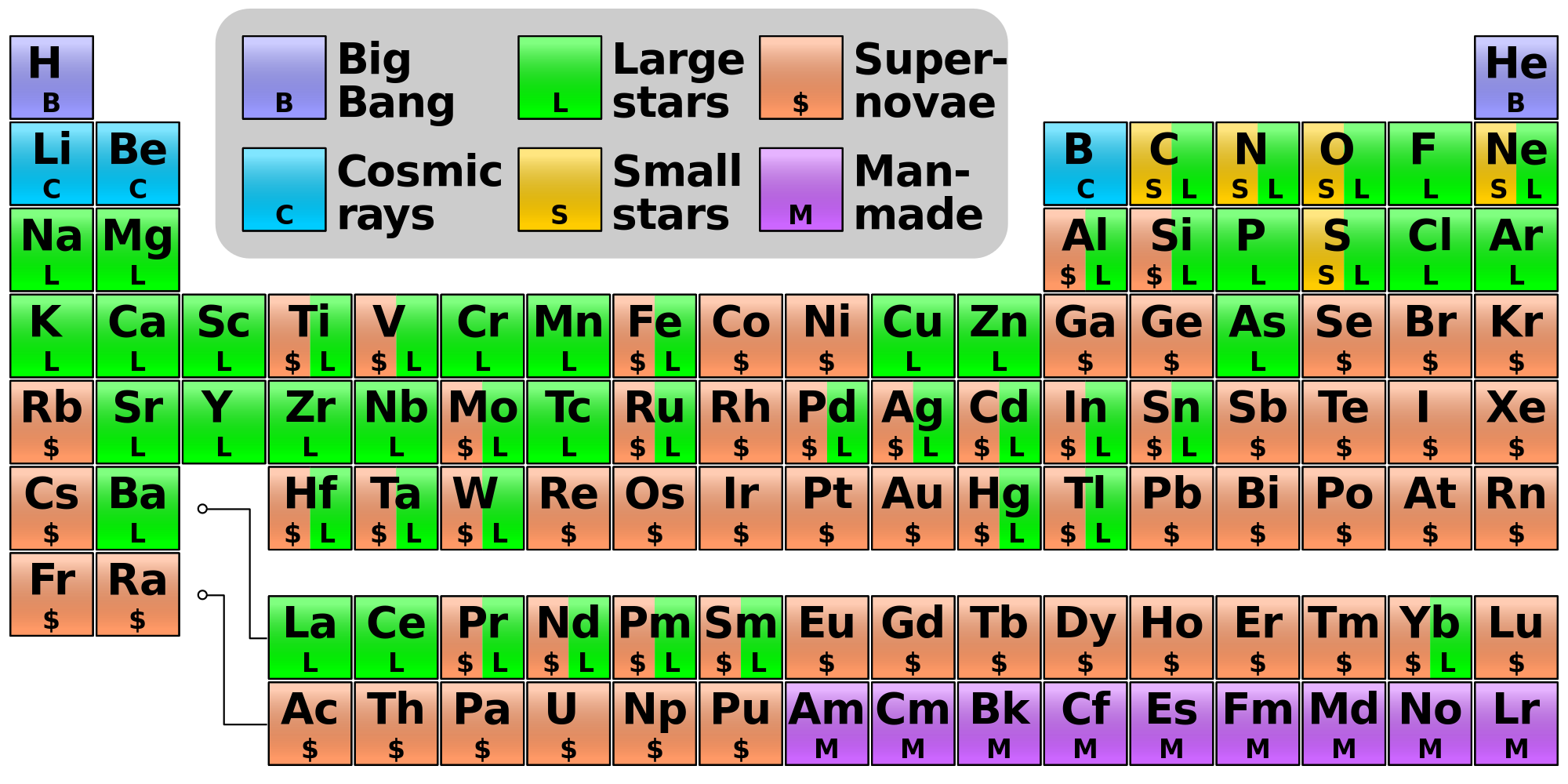How do we have heavy elements like uranium on the earth?
Supernovas are claimed to be manufacturing center of the heavy elements in the universe.And usually the remnants of such massive supernovas are black holes.
AndCygnus X-1is the closest black hole to the earth which is at a distance of $6,100 \pm 400$ light years.
If we imagine a sphere which have radius equal to 6,100 light years.The surface area of the sphere is $37875166695400,000,000,000000,000,000,000~\mathrm{km^2}$.
While compared to that,the cross section of the earth is almost insignificant($142334130.878~\mathrm{km^2}$) as it is just $0.0000000000000000000000003758 \%$ of the imaginary sphere's surface area.
How could earth have such a large amount of uranium and other heavy elements in spite of it's negligible size?


